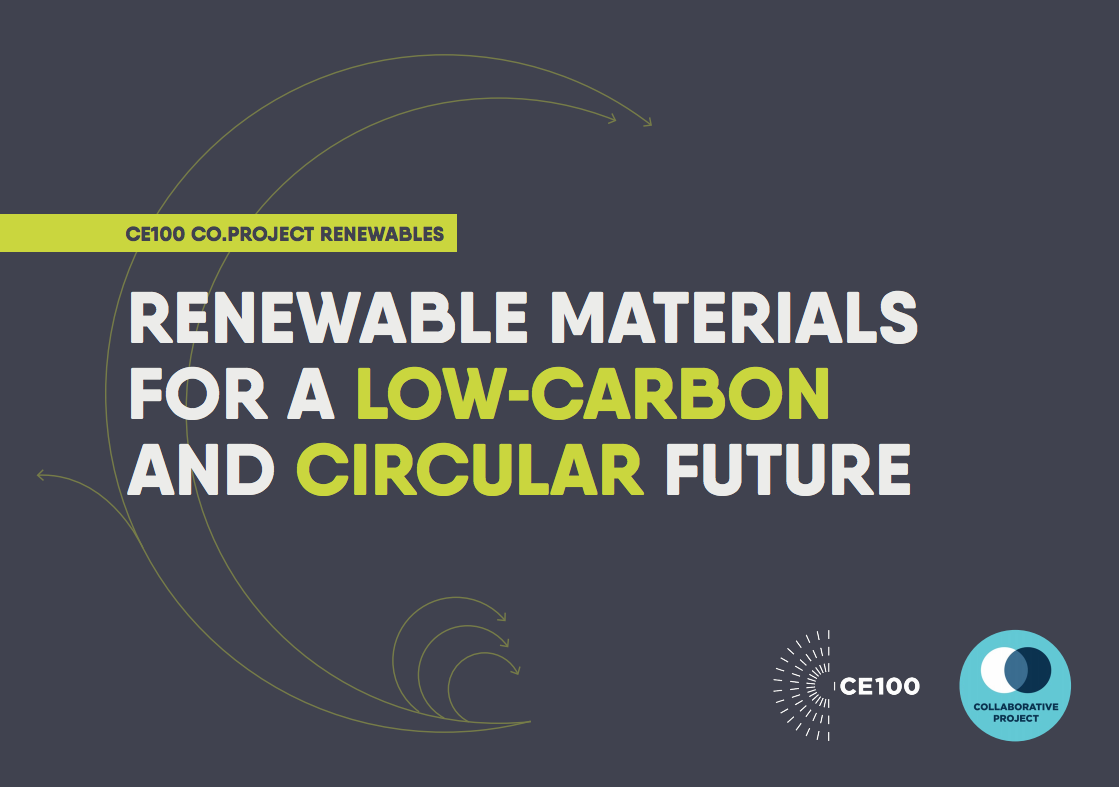Essity and CE100: Report on Renewables Materials Role in a Circular Future

Download Renewable Materials for a Low-carbon and Circular Future report
Achieving the UN Sustainable Development Goals demands that companies team up and cooperate to decrease climate change and increase circularity*. One important component, is an open dialogue to align research agendas and develop policy framework, which is why we are working with like-minded partners, such as IKEA, TetraPak and DSM Royal, within the Ellen MacArthur Foundation CE100 (Circular Economy 100) Network.
In the latest paper, launched at CE100 Acceleration workshop in Dusseldorf on April 18, 2018, we set out both the opportunities and challenges that face renewable materials today, and our shared vision for the future. We also showcase what we are already doing, such as Tork PaperCircle, which is a great example of how Essity contributes to circular society.
Key takeaways from the report include:
- Renewable materials will play a role achieving a low-carbon, circular economy
- Maximizing the use of renewable materials could reduce greenhouse gas emissions while increasing innovation opportunities and economic growth
- The potential is not fully understood and we need to align around a common vision to achieve a circular economy
Speaking about the report Susan Iliefski-Janols, VP Product Sustainability, who participated in the Acceleration workshop says:
"Our four companies are committed to reduce the impact of climate change and increase the circularity of our products and solutions. Renewable materials that are responsibly sourced give great opportunities for low carbon products that are possible to recycle and give new life."
Read the full CE100-report here
Learn more about the CE100 here

